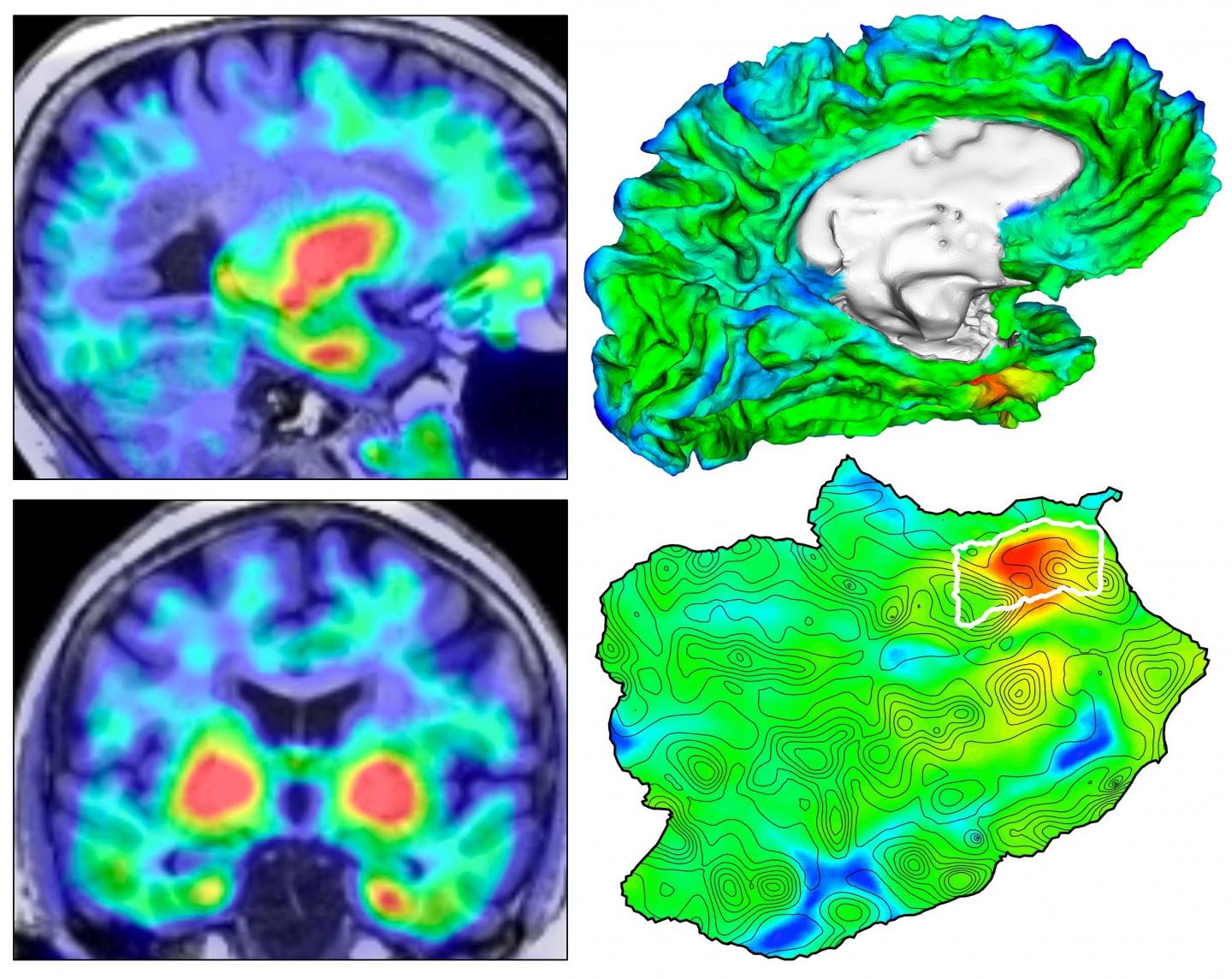
Credit: [Credit: Justin Sanchez and Keith Johnson, Massachusetts General Hospital]
Researchers have developed an automated method that can track the development of harmful clumps of TAU protein related to Alzheimer’s disease in the brain, according to work involving 443 individuals. The method revealed that TAU primarily emerged in an area of the brain called the rhinal cortex before spreading elsewhere, suggesting that targeting TAU here could potentially slow the progression of Alzheimer’s disease. The buildup of toxic amyloid-beta and TAU proteins is responsible for many of the symptoms and damage to neurons seen in Alzheimer’s disease. However, current therapies have shown reduced efficacy, at least in part because the therapies were administered long after the protein had spread throughout the brain. Developing more effective interventions therefore requires a better understanding of where TAU pathology originates and how it spreads. Justin Sanchez and colleagues designed an automated anatomic sampling method that uses PET imaging to track the presence of TAU in the brain. The team applied their technique to 443 adult participants – including 55 patients with Alzheimer’s – and discovered that TAU deposits first emerged in the rhinal cortex independently from amyloid-beta before spreading to the temporal neocortex. A two-year experiment with 104 subjects showed that people with the highest initial levels of TAU or amyloid beta displayed the most spread of TAU throughout the brain by the end of the study. “These findings suggest that [the rhinal cortex] is a biomarker of downstream TAU spread … with potential utility for therapeutic trials in which reduction of TAU spread is an outcome measure,” the authors conclude.
###
Media Contact
Science Press Package Team
[email protected]
Related Journal Article
http://dx.





